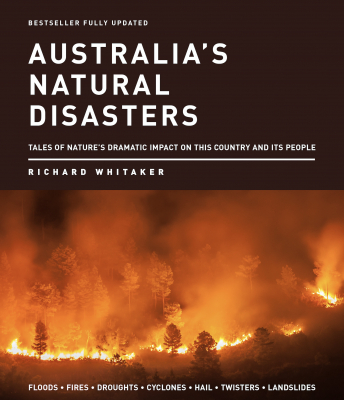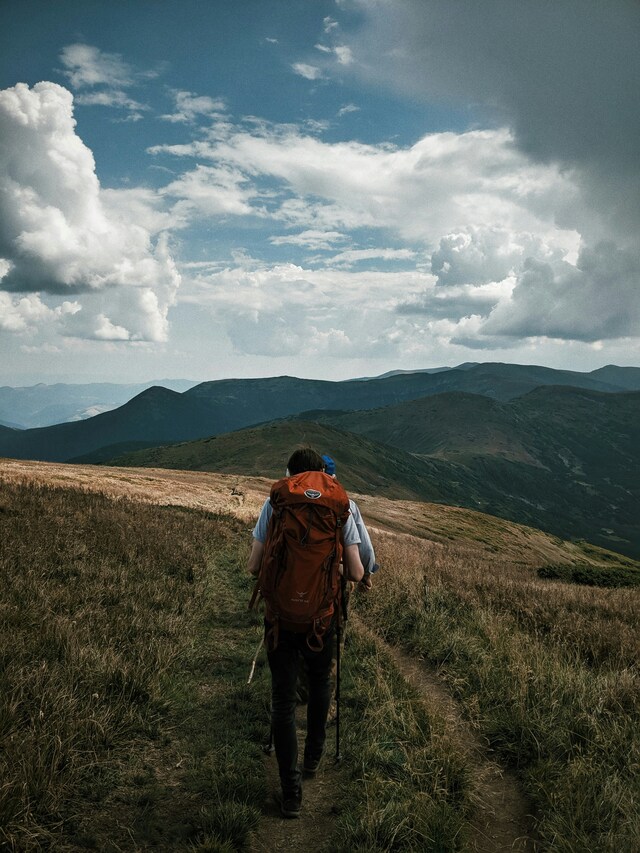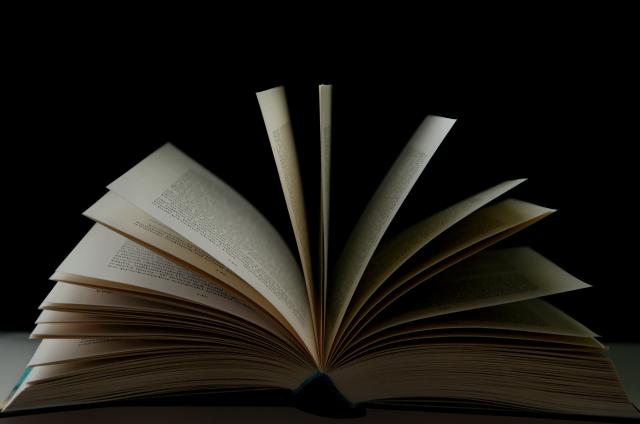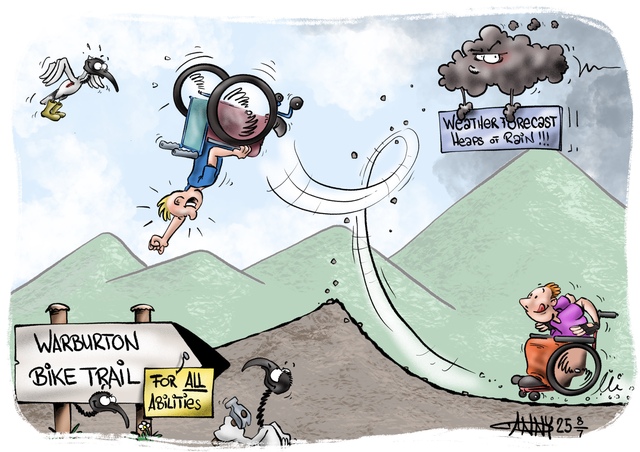With the ABC now showing the six-part drama series Fires to highlight the story of everyday Australians at the front line of the Black Summer bushfires, there is no better time to read Australia’s Natural Disasters by Richard Whitaker.
Fully updated since it was first published in 2005, the book is a fascinating chronicle of the ferocity of nature and the dramatic effects it has on all Australians. The author has been working in meteorology since 1971 and is now Senior Meteorologist with The Weather Channel. A passionate meteorological educator, he has authored and co-authored several books in this field.
From the 1939 Black Friday bushfires to the Millennium Drought, to the 2009 Black Saturday bushfires and the 2016 epidemic thunderstorm asthma event, and then to the 2019-2020 bushfires and floods – these and many other natural disasters recorded in this book are proof that we are increasingly feeling the impact of climate change.
Whitaker uses engaging words and photographs, maps and weather charts to explain the causes and effects of a diverse range of meteorological events. One impressive image features the 300 metre-tall dust storm that dumped 1,000 tonnes of soil on Melbourne in February 1983. A photograph taken also in that months shows families huddling in a tunnel while the Ash Wednesday bushfires destroyed their homes.
Meanwhile, a remarkable photograph captures raging floodwaters engulfing Melbourne’s Elizabeth Street in 1972. The award-winning image was paired with another one from 2003, which shows people taking refuge on the roofs of their cars submerged in muddy water in West Melbourne.
In his efforts to document Australia’s natural disasters dating back to 1857, Whitaker helps us learn from them. In his words: “Although these events have caused tragedy, they have also led to
progress, both in the prevention of a repetition, and in more effective responses to similar situations in the future.”
Whitaker affirms the significant progress already made in recent decades in planning for, predicating and reacting to natural disasters, including the enhancement of satellite photography and computer simulation of the weather and improvements in weather radar and automatic weather station networks. Various government agencies and emergency services organisations have also developed considerable expertise and are training regularly for disastrous events.
Still, Australia’s ferocious natural hazards are as famous as its rich environment. Whitaker stresses the need to constantly “educate, train and practice all aspects of natural disasters, in a similar way that the armed forces ready themselves for war-time situations”. Also critical is better understanding of drought and the reasons for its onset, which has enormous economic and social benefits, particularly in relation to bushfires.
As for those meteorological events on the other end of the time scale, such as severe thunderstorms, cyclones and floods, it is vital to not just disseminate warnings quickly and effectively but also to heed them. In this sense, Australia’s Natural Disasters is a timely book that helps us remember the lessons of the past and take action to plan and prepare for the future.







